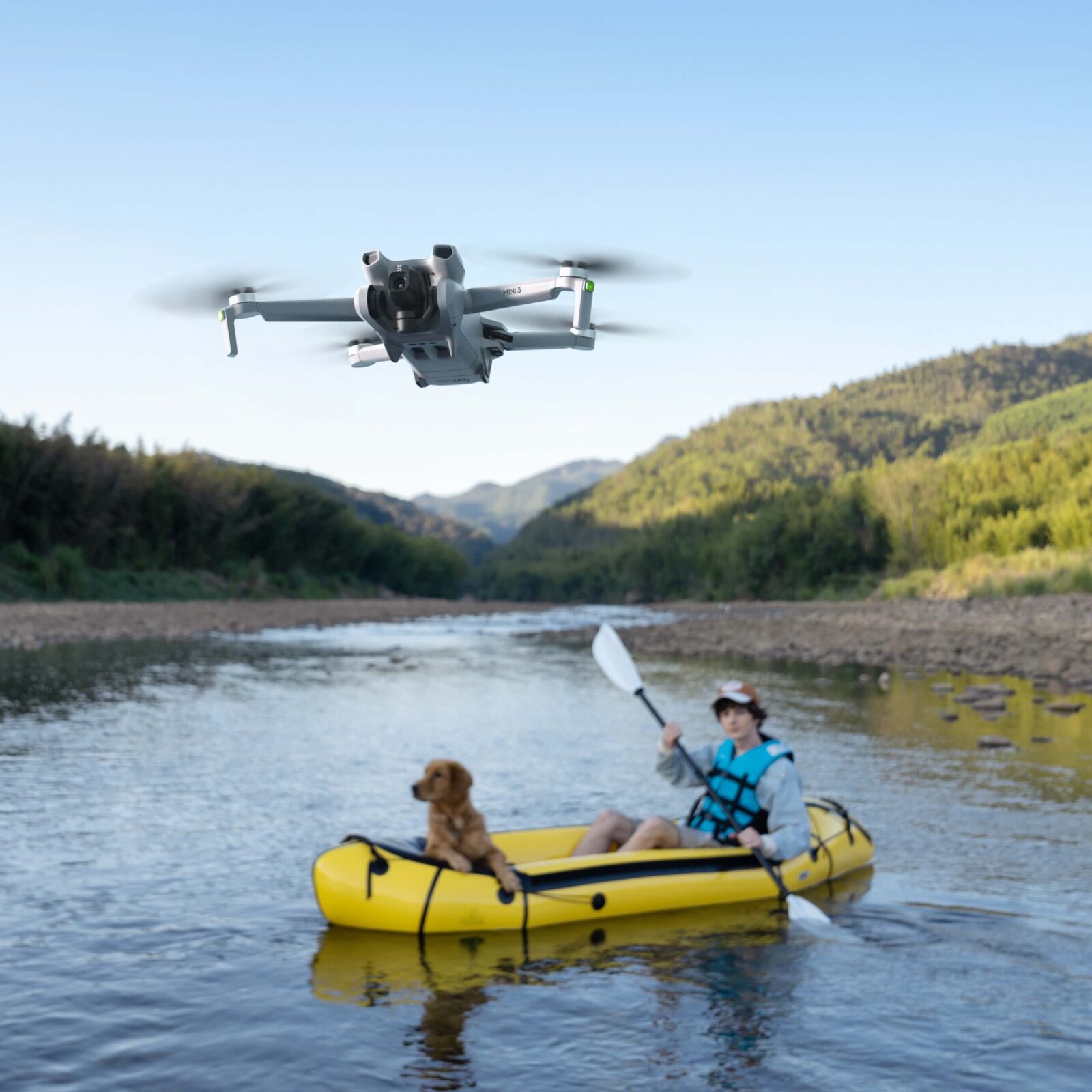The DJI Mini 3 is a new, slightly more expensive micro drone than its predecessor, the Mini 2. The Mini 3, which comes in five different flavors, is functionally identical to the Mini 3 Pro in most respects. The Mini 3’s unusually low beginning price is the result of DJI’s efforts to differentiate it from the Mini 3 Pro by cutting costs in a number of areas.
Mini 3 is DJI’s latest and, most likely, final drone release for the year 2022. DJI introduced the Mavic 3M and the Mavic 3 Classic last month, the Avata in August, and the Mini 3 Pro in May. The Mini 3 is, as its name suggests, a scaled-down variant of the Mini 3 Pro. However, there are more noticeable changes in the Mini 3 than were anticipated from the leaks.
The Mini 3 and Mini 3 Pro both have 1/1.3-inch CMOS cameras with f/1.7 apertures, but the Mini 3’s resolution is only 12 MP, while the Mini 3 Pro’s is 48 MP. The Mini 3’s maximum frame rate is also 30 FPS, or half of what the Mini 3 Pro provides for 4K video. In addition, DJI has taken the obstacle avoidance sensors out of the Mini 3 Pro. Because of this, the Mini 3 can only sense objects directly below it, rather than in front of or behind it.
DJI has decreased the number of antennae installed in the Mini 3 Pro, which contributes to a rise in the Mini 3 Pro’s image transmission latency from 120 ms to 200 ms. When using the same 4,000 mAh battery, flying times increase from 34 to 38 minutes when the obstacle avoidance sensors are disabled. In addition, the Intelligent Flight Battery Plus extends the Mini 3 Pro’s flight life to 51 minutes. Unlike other DJI products, the Mini 3 actually costs more than the Mini 2, which is still available for purchase. Currently accepting pre-orders in several markets.














Leave a Reply